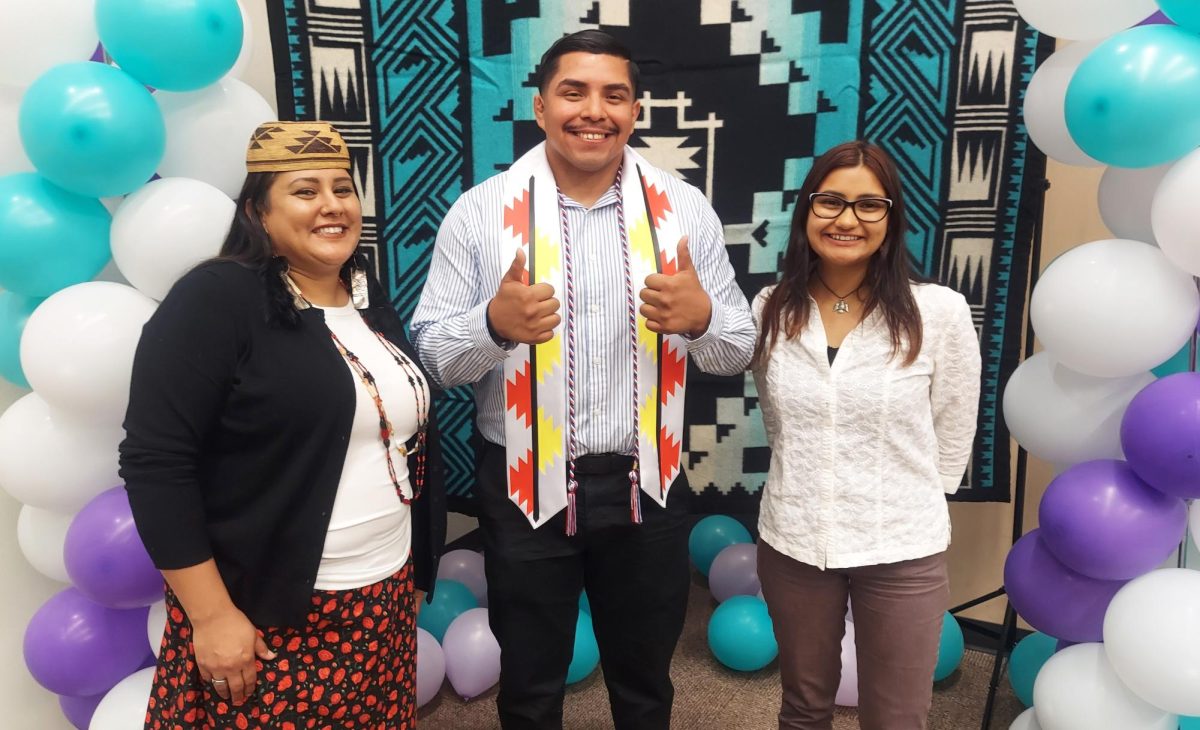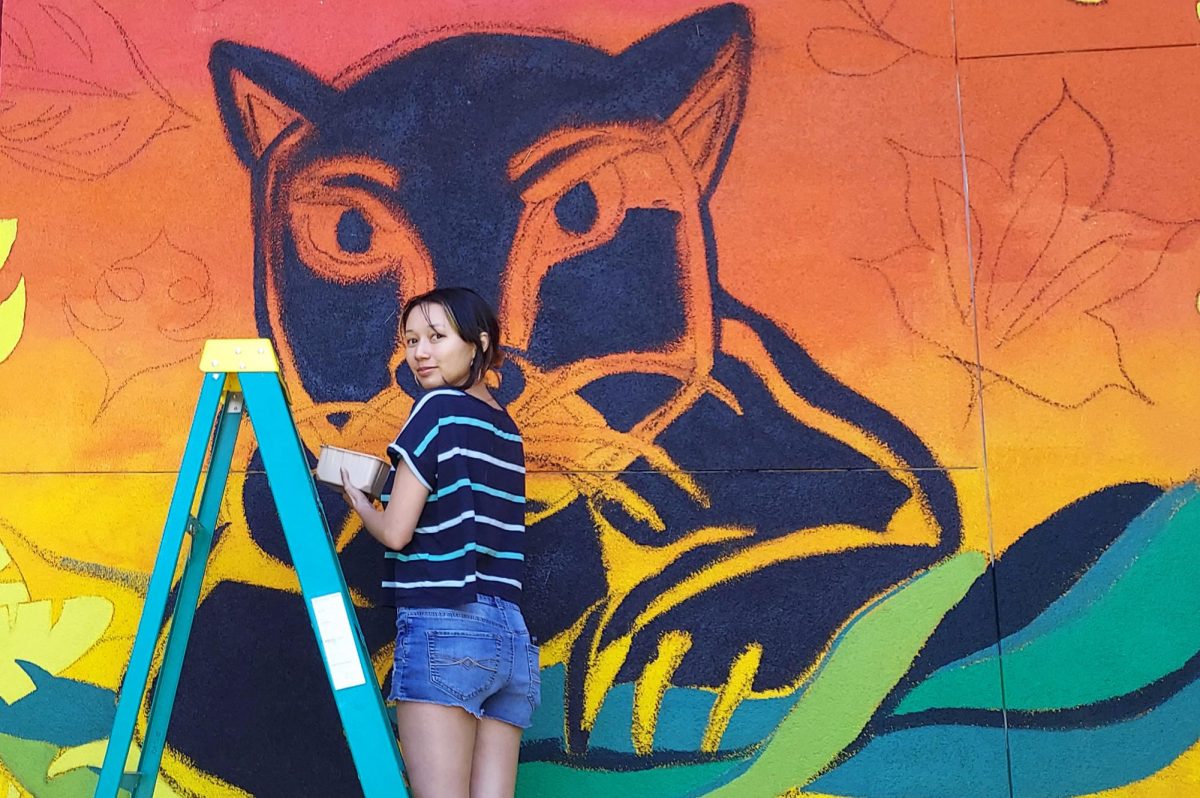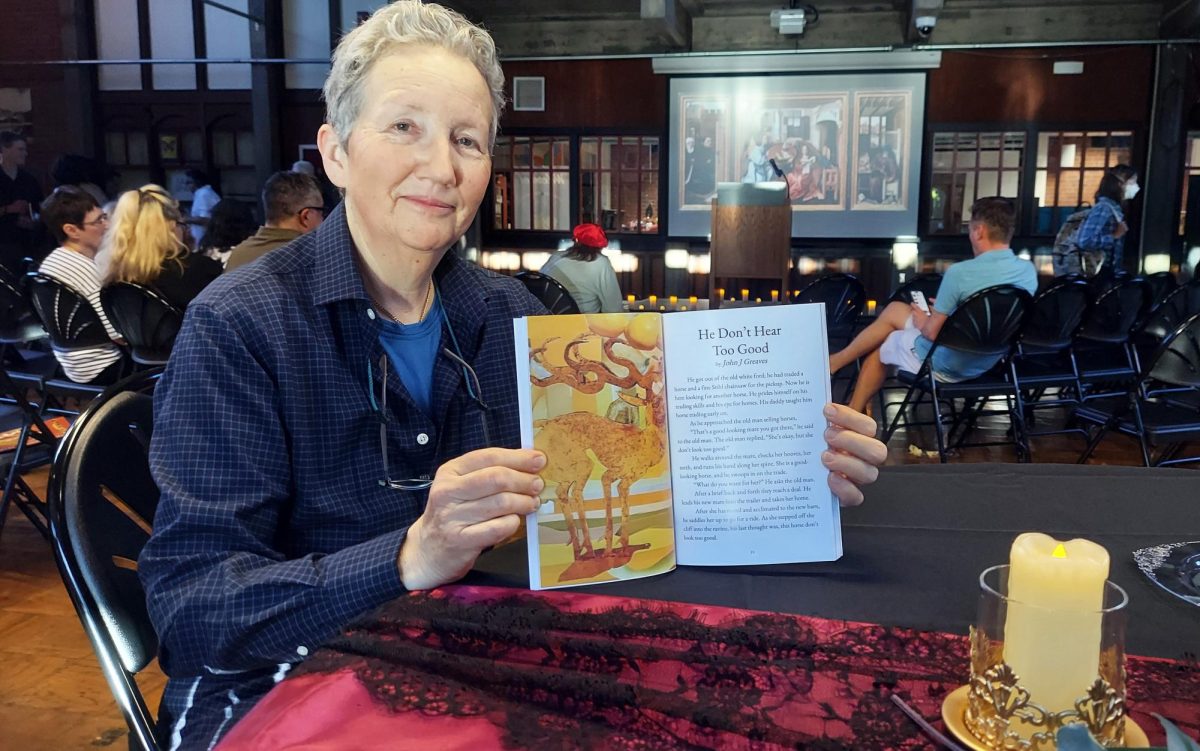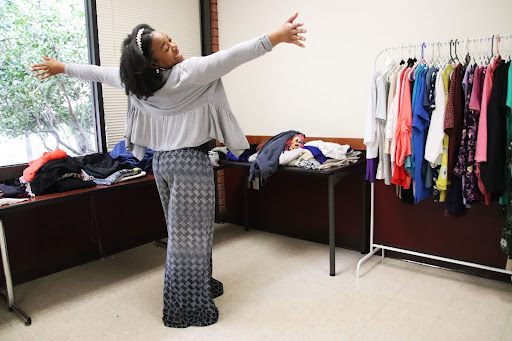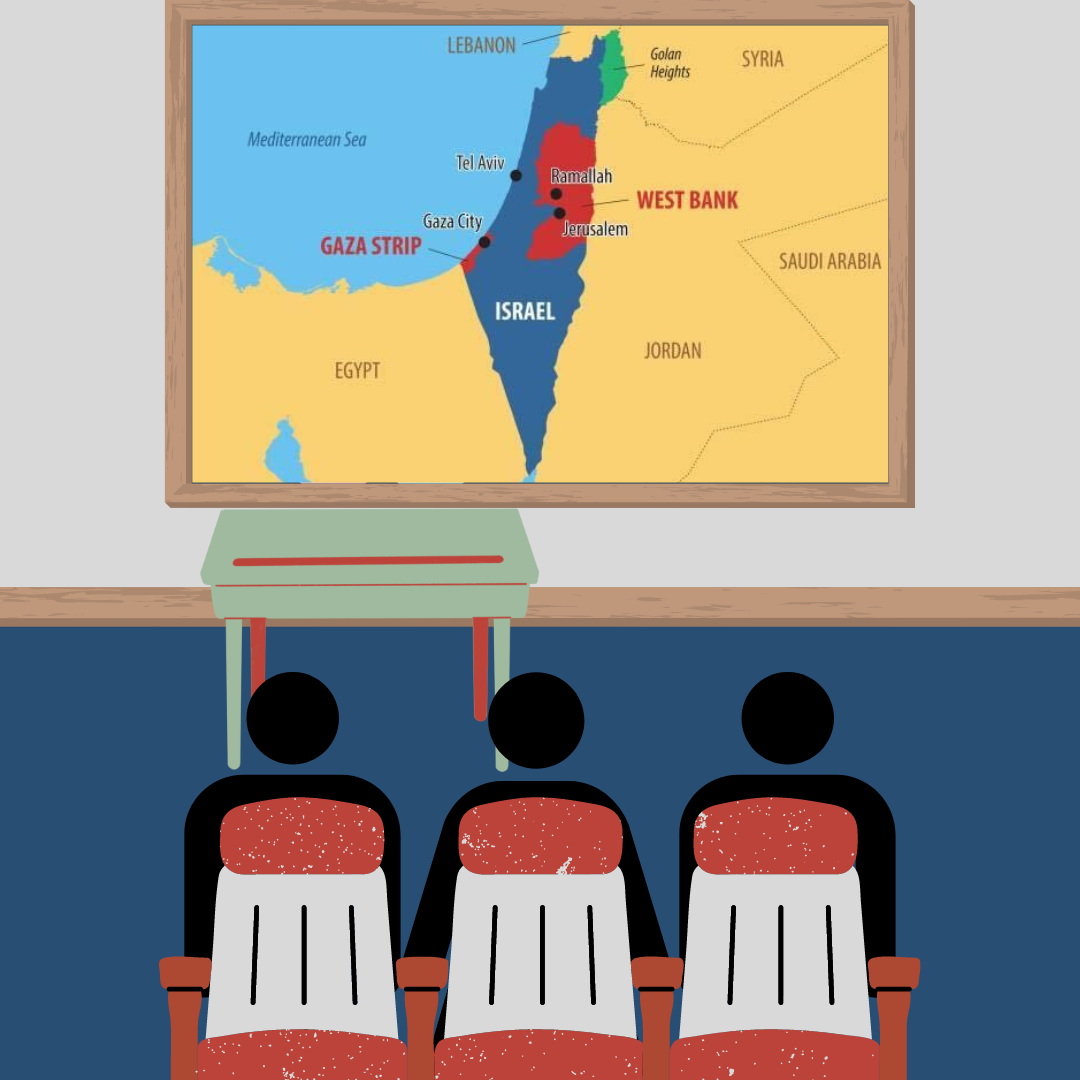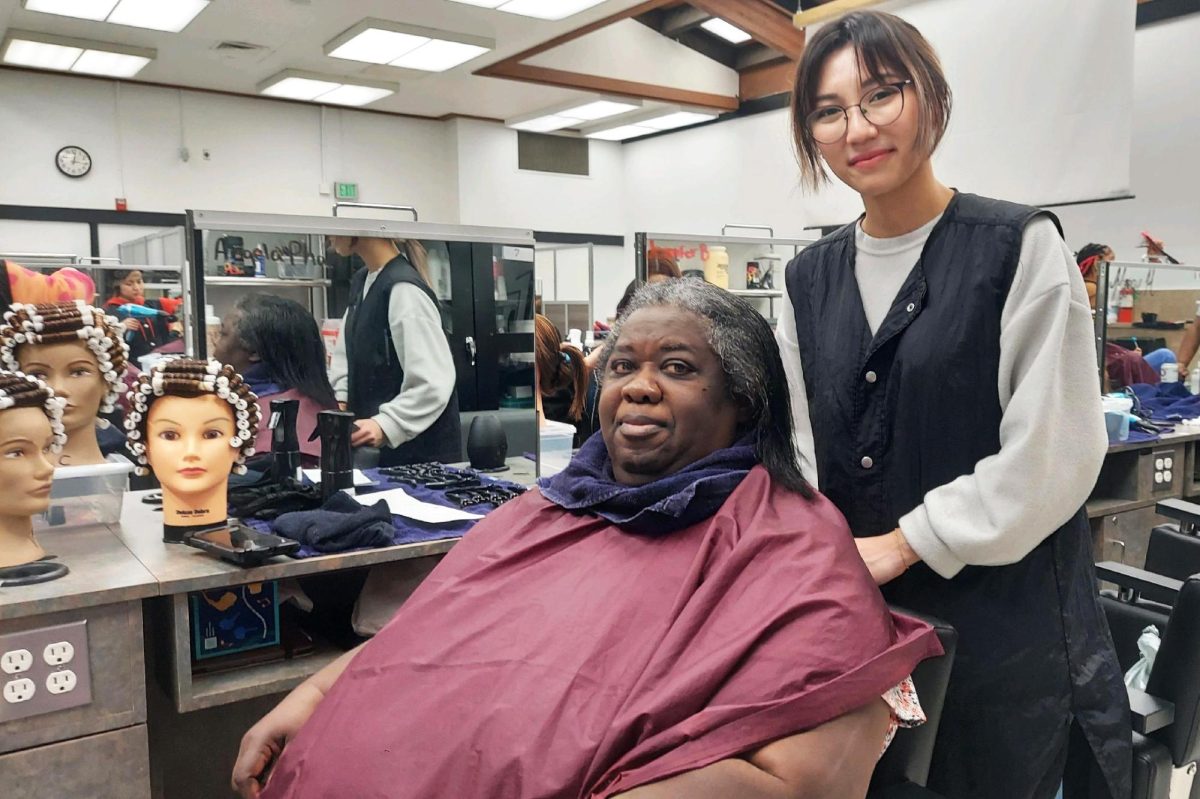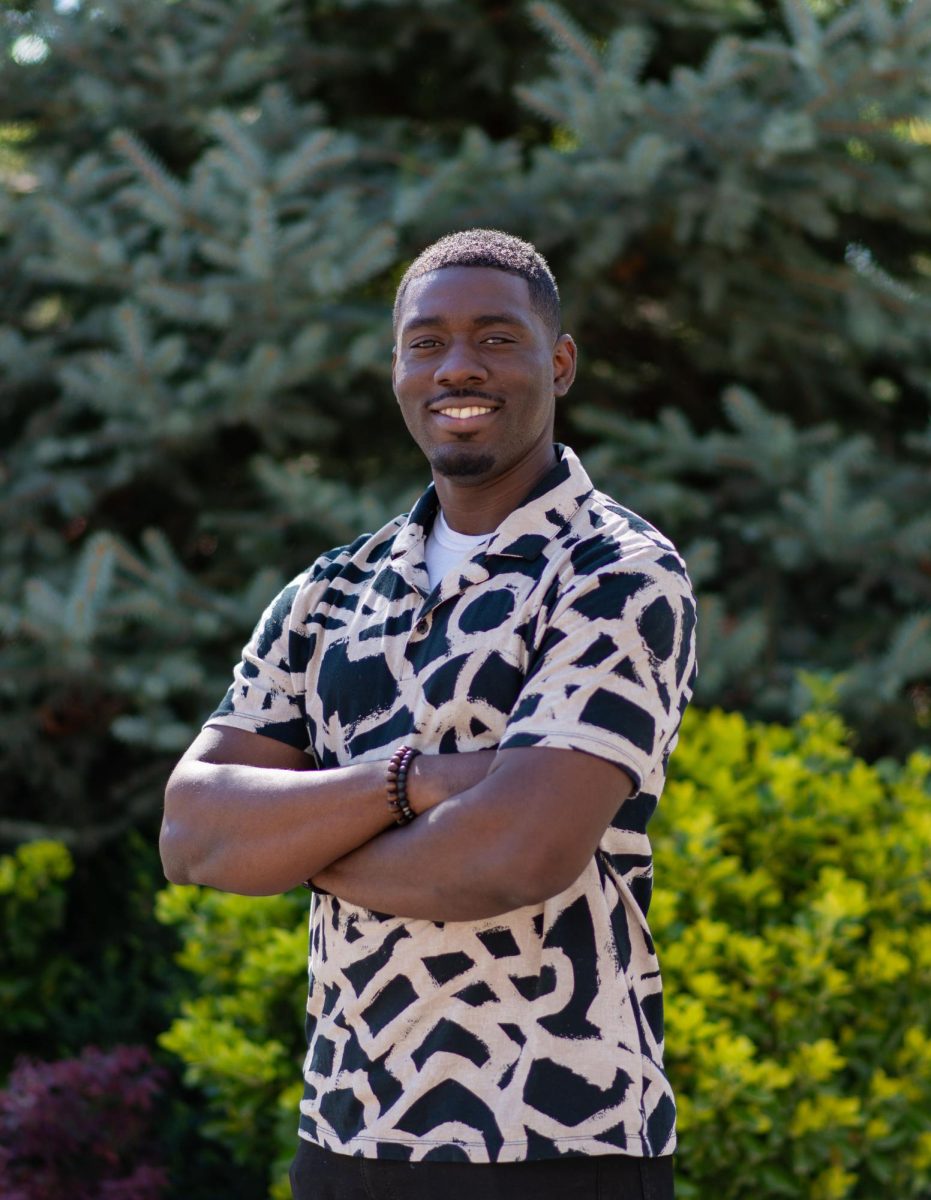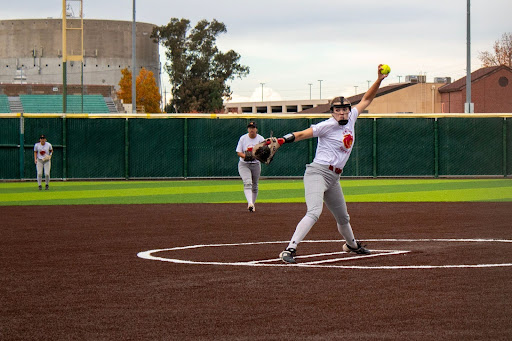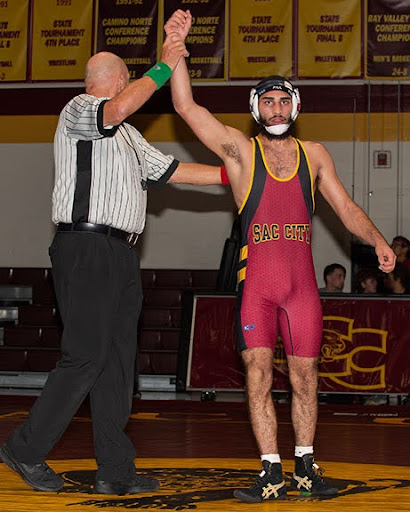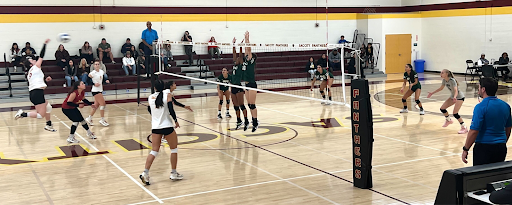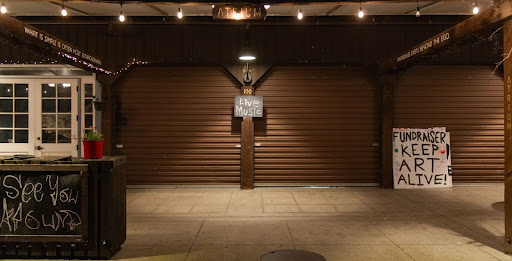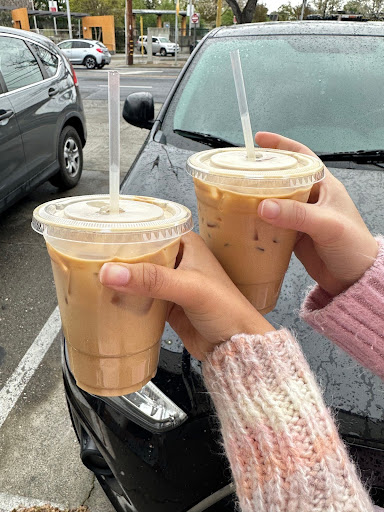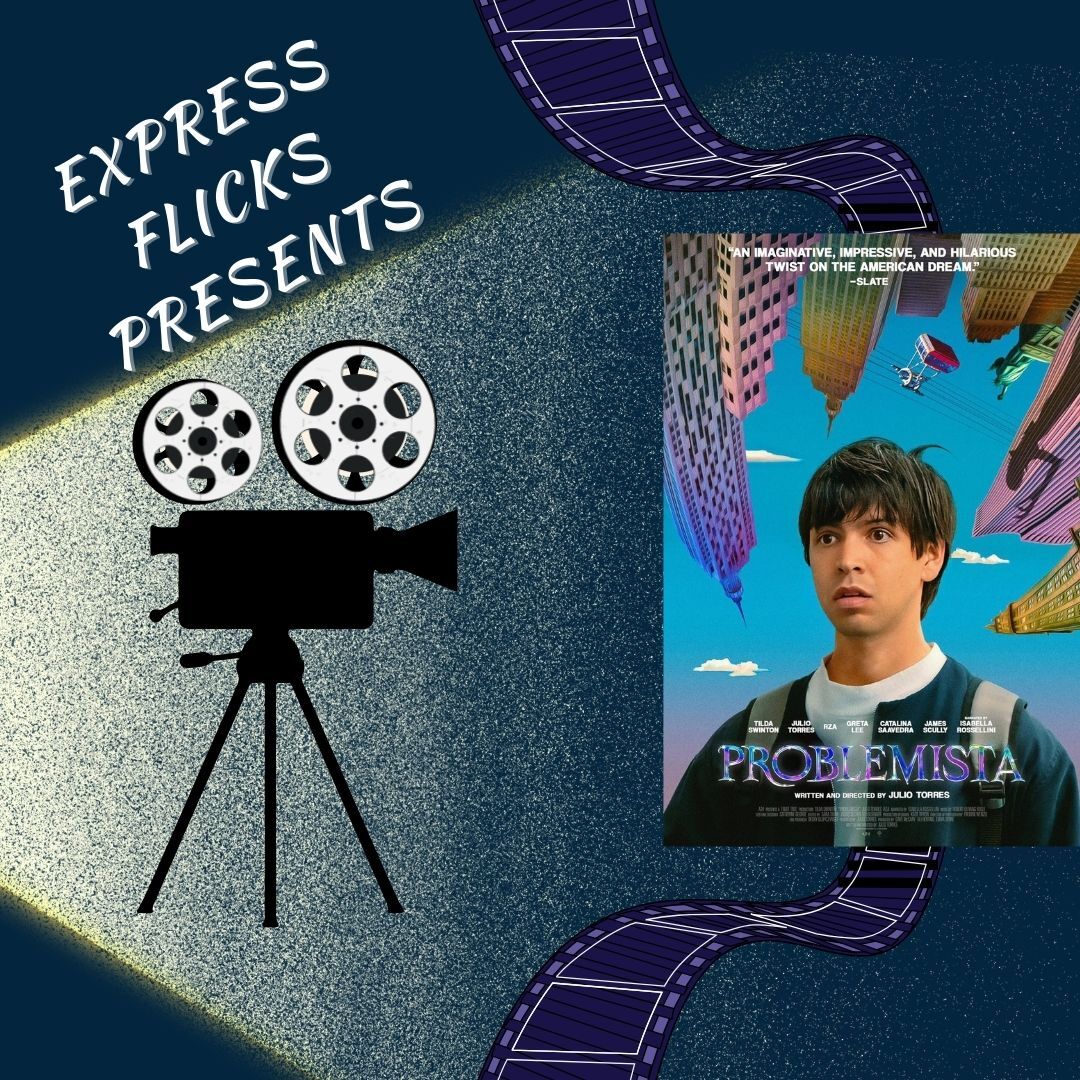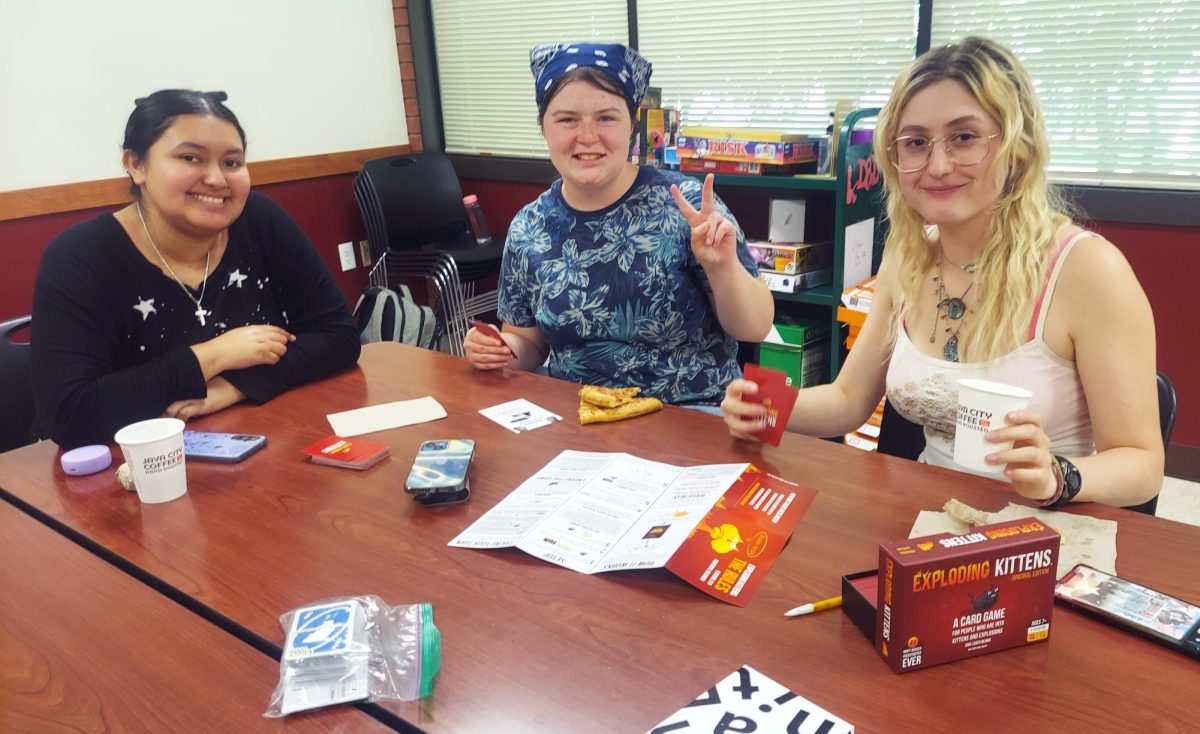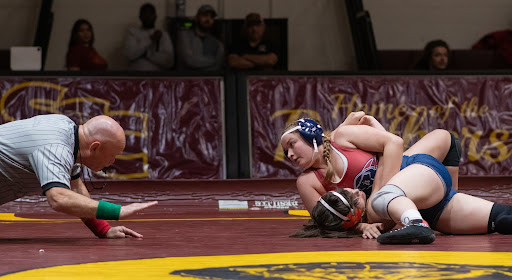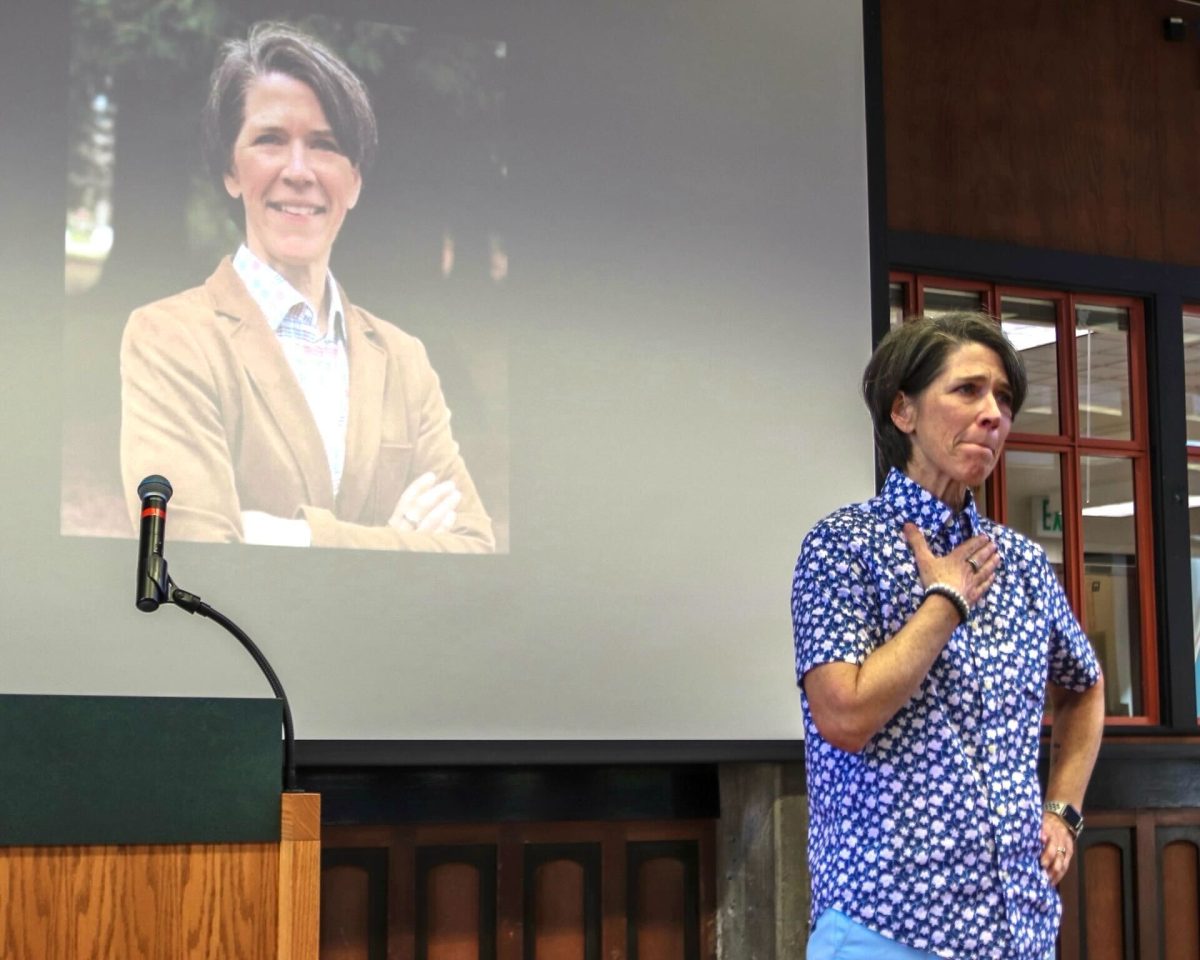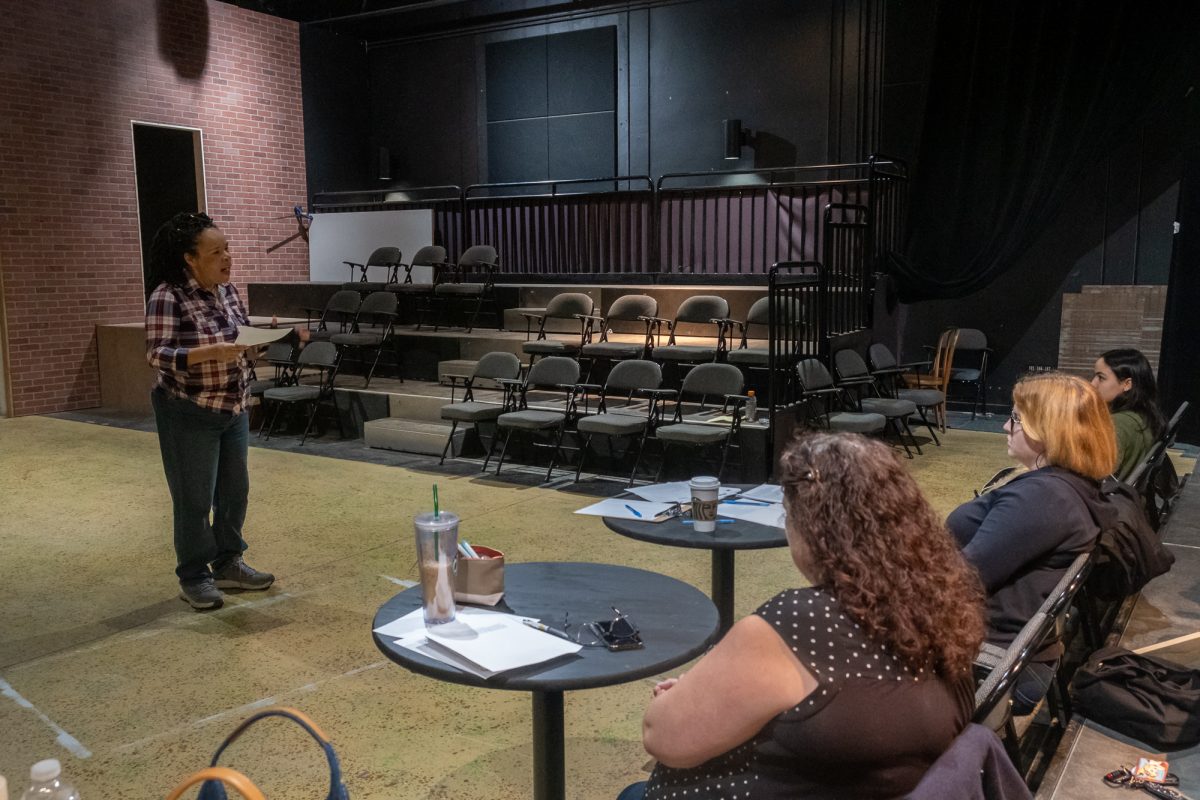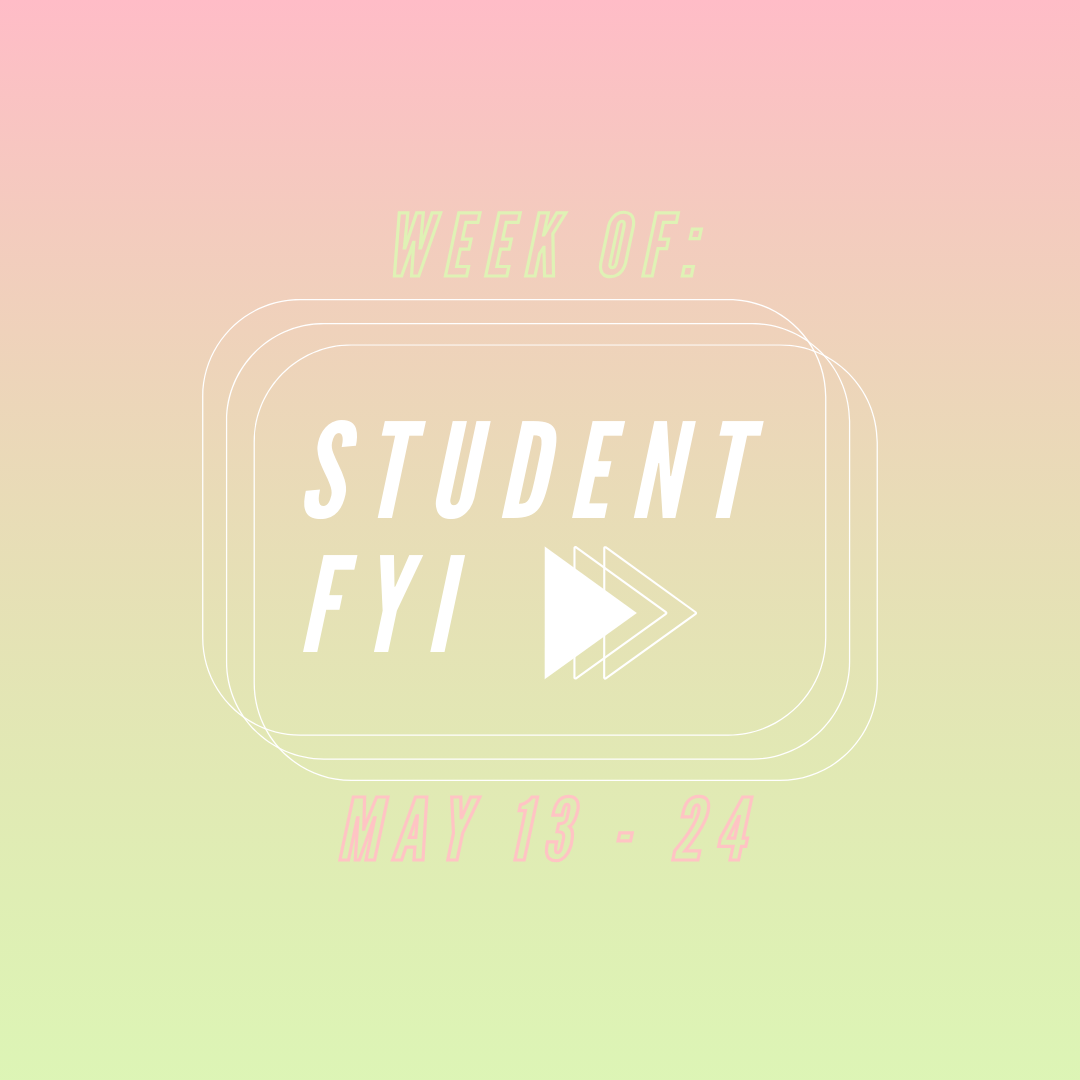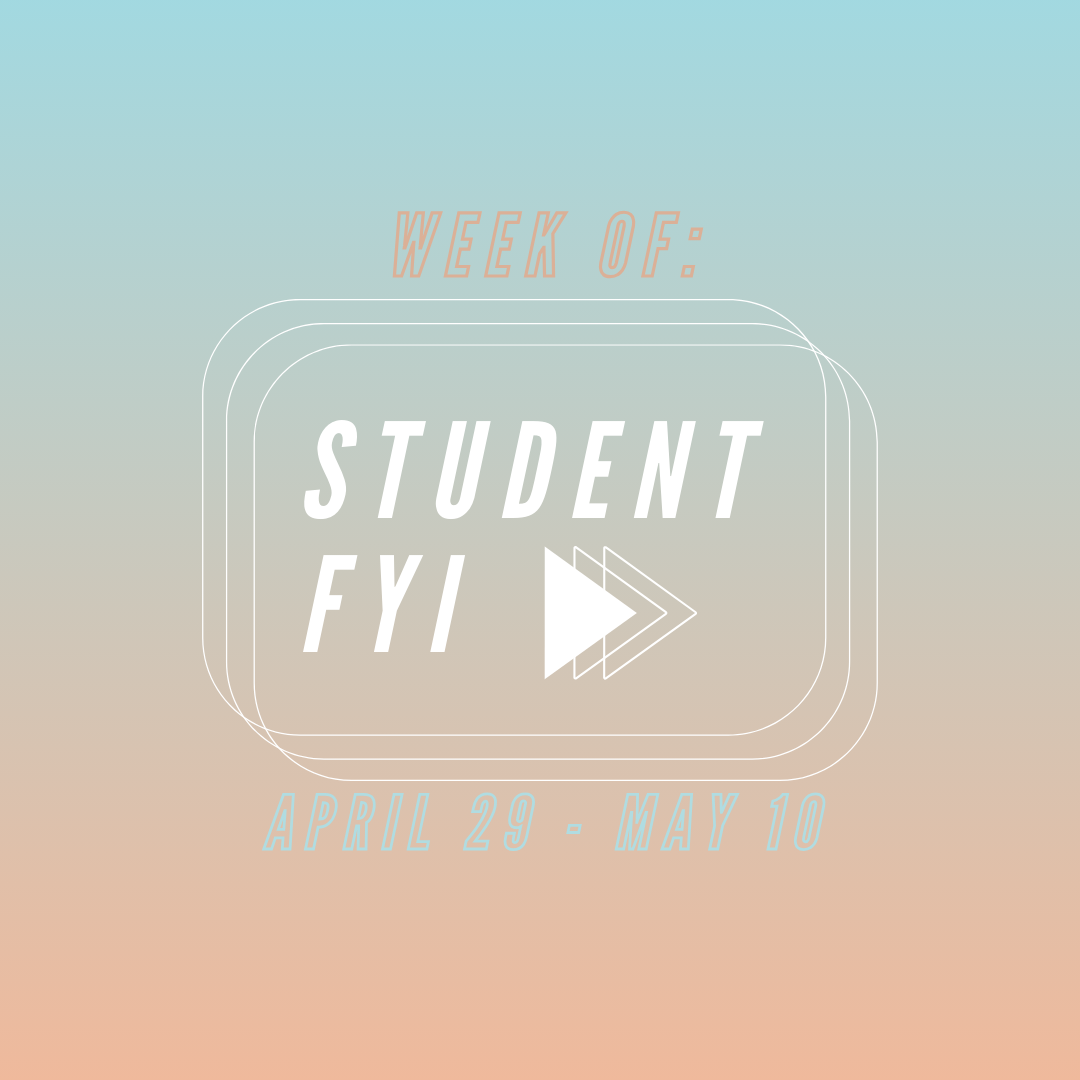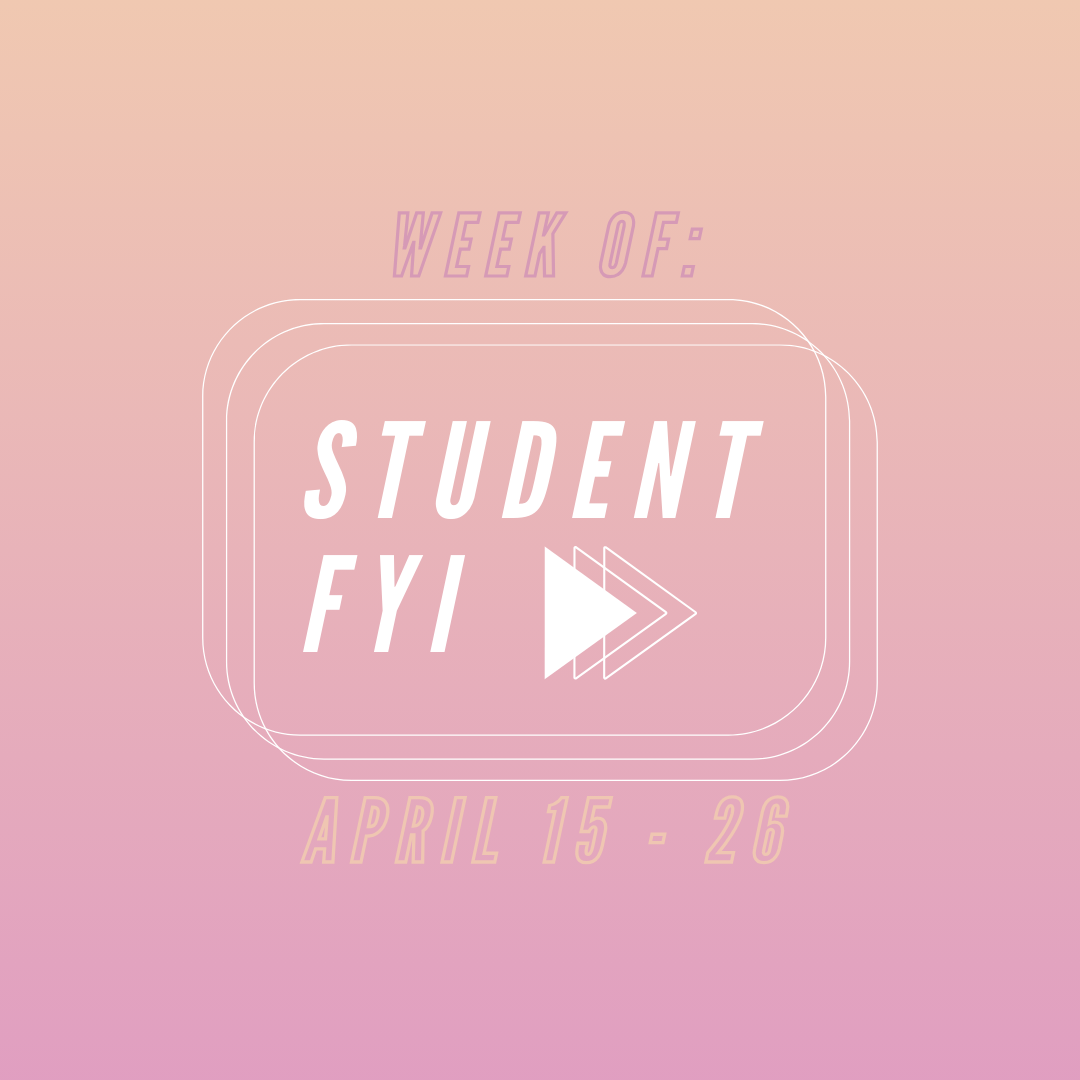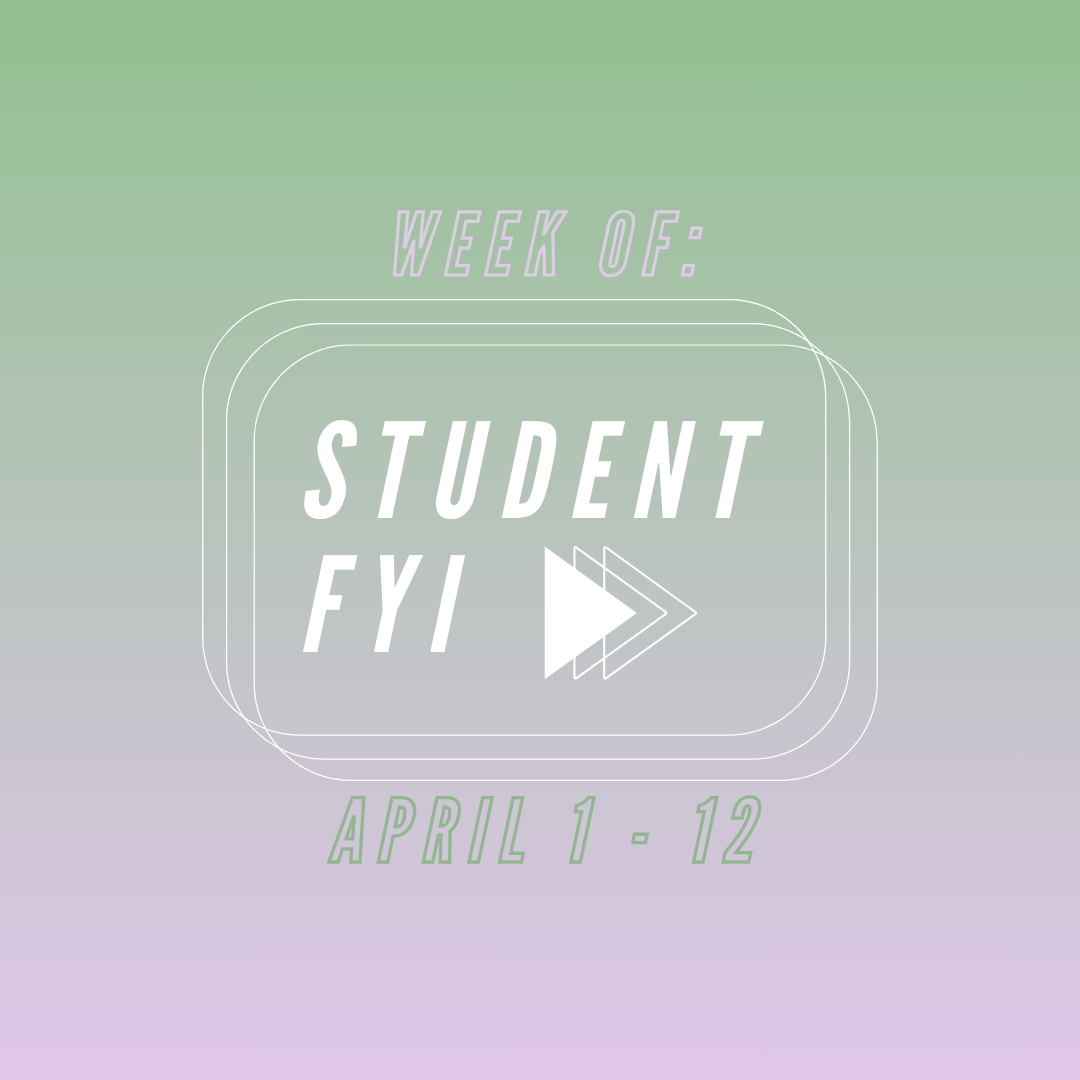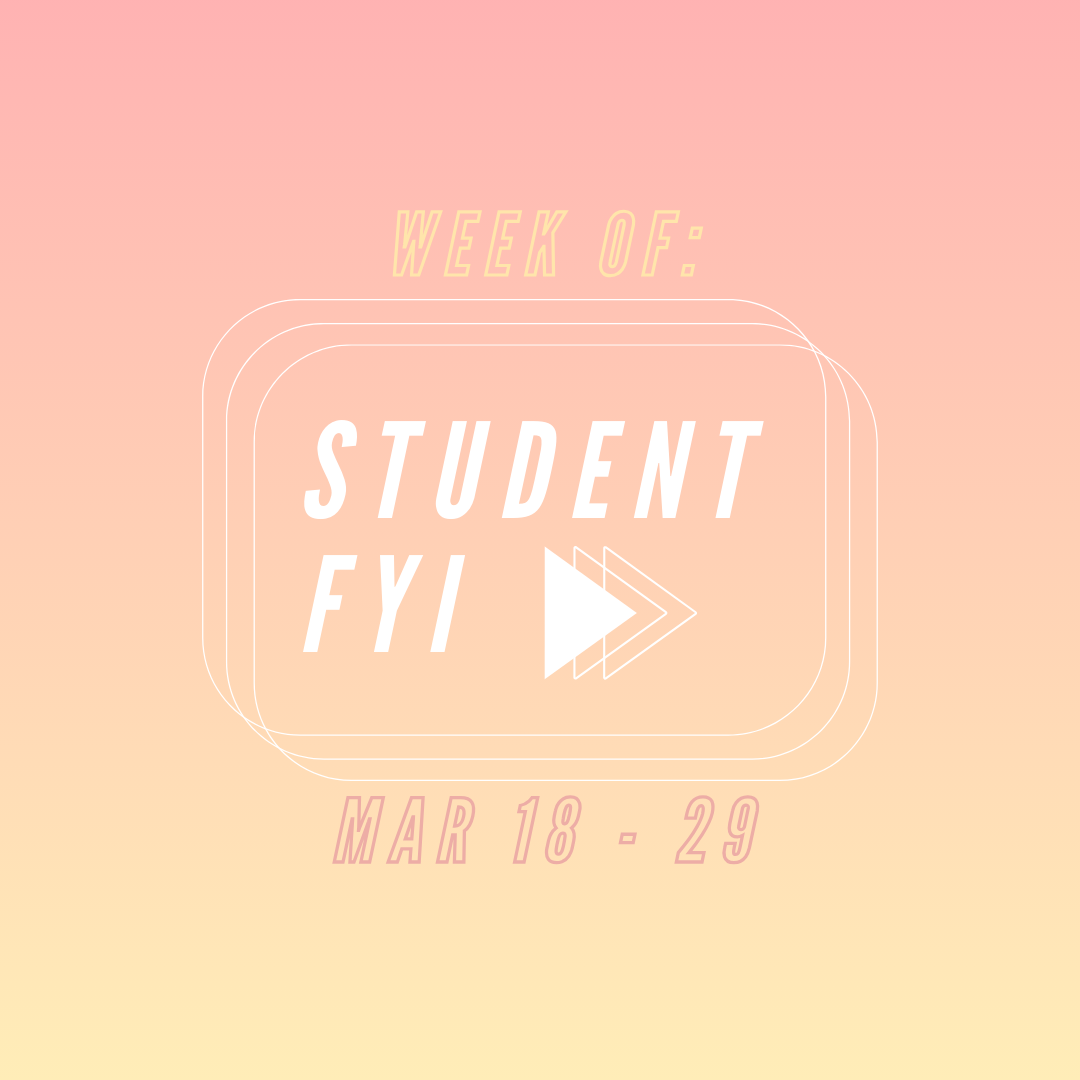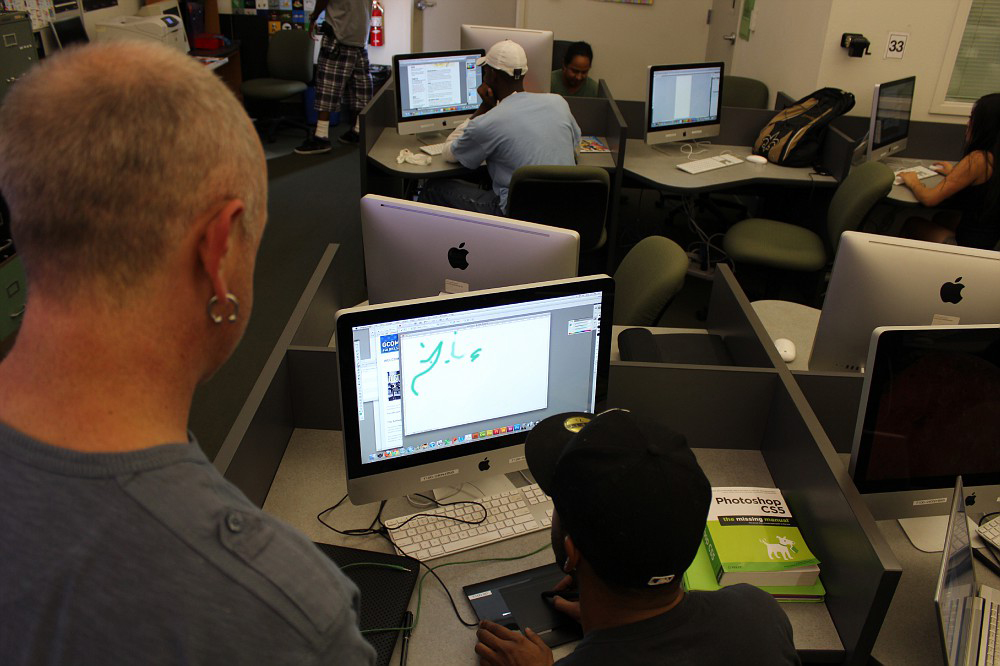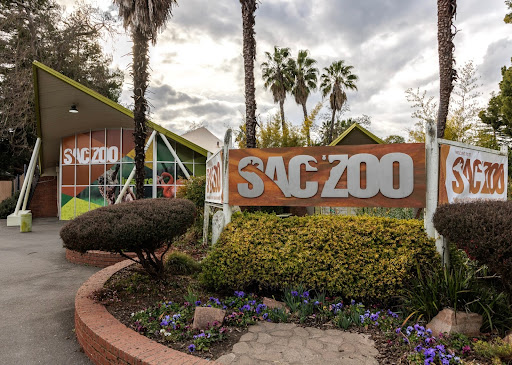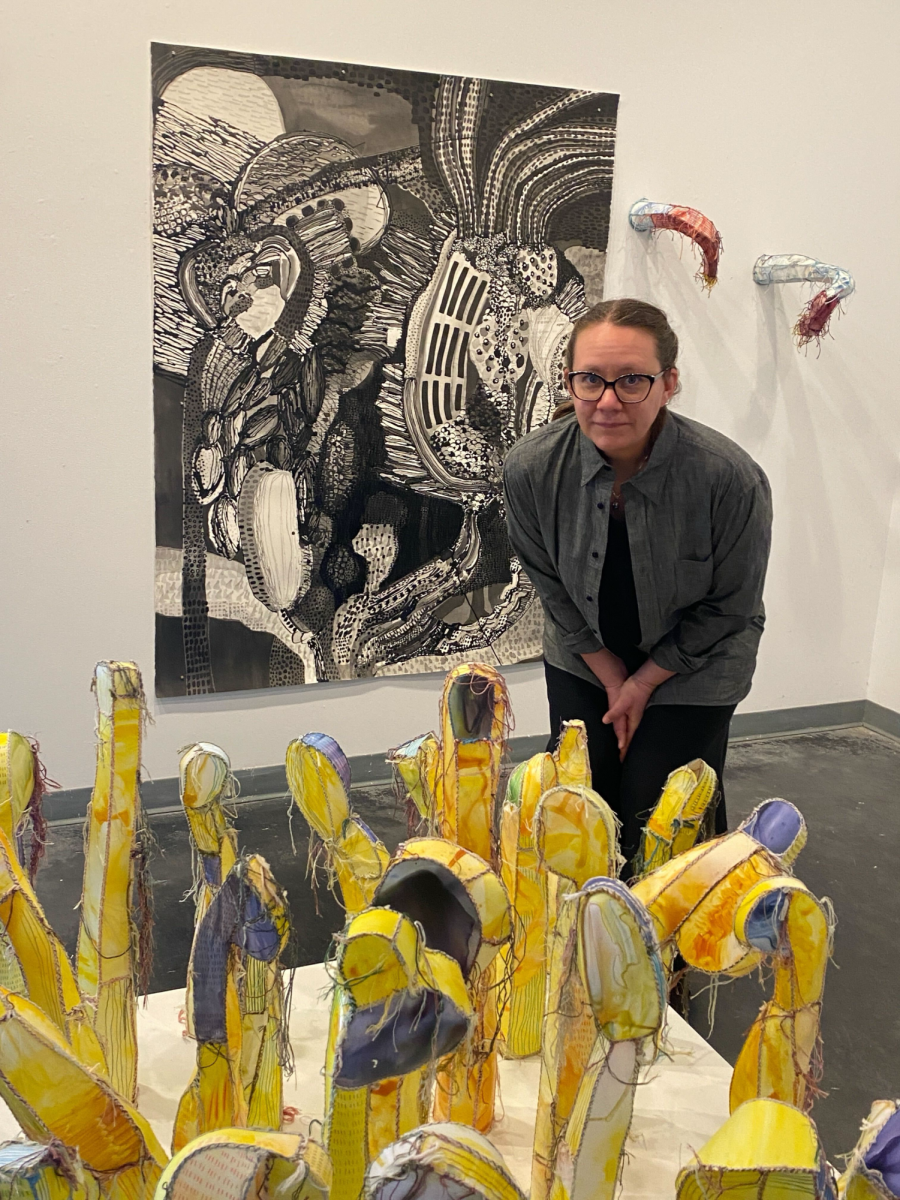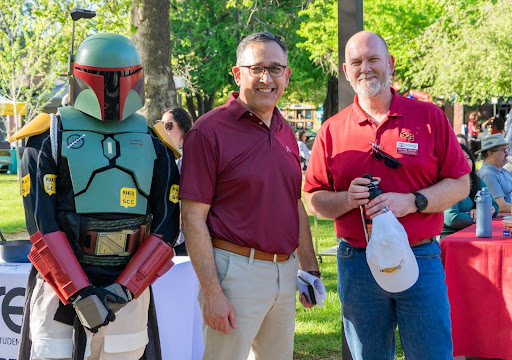Members of City College’s graphic communication department’s faculty say they are hoping to construct a whole new world for aspiring graphic designers that will influence them to create projects not only from a social point of view, but from an environmental one as well.
“I try to get the students to think about some kind of cause, whether it’s something local, or international; political or controversial.” says Don Button, GCOM professor. “[We] sort of focus their attention by using design to kind of make the world a little bit better in some way— culturally or economically.”
According to Button, graphic design is a curriculum that is supervised periodically from industry contacts to ensure students are equipped with skills and practices that are current in society. Button says that the GCOM department’s main influence comes from the Designers Accord, an organization of design educators, designers, business firms and leaders around the world who all share similar ideas and principles about graphic communication.
“[The Designers Accord] plays various roles,” says GCOM Professor Don Button. “One role is that, as a department, it gives us an internal focus to try to reduce our carbon footprint by not using as much paper in our assignments. It gives us a guidance to reduce that.”
Button explains that the Designer’s Accord encourages graphic design educators to encourage future designers to think about sustainability and resources that are being used when working with clients.
“[We’re the] second [community] college in the entire world to join Designer’s Accord,” says GCOM professor Robyn Waxman.
According to the Designer’s Accord website, its goal was to make sustainability an idea that designers would always keep in mind in their practice of design and pass on this idea to the worldwide creative community when using things such as paper and computers.
“The thing about graphic design is that there is a lot of waste,” says Waxman, “So what we’re trying to do is create a culture where future designers are more conscientious about the work they are producing.”
Waxman explained that the GCOM staff’s computers are replaced every three years while their old computers are handed down to other departments. Eventually, once they are too old to operate, they will be shipped back to the manufacturer where they will be stripped down and recycled. The parts that can’t be recycled can become very toxic to the environment,Waxman says.
“Electronics are actually more toxic than paper,” says Waxman. “Paper is actually preferred over that. What we’re doing is trying to nurture the next generation of designers who is conscious about the amount of waste that they are producing, and maybe approaches design that takes that into account, and helps future clients to make choices that are conscientious of the environment and how environmental conditions can affect people and animals too.
However, the experts opine that the purchases cialis from canadian pharmacy will be funded through structured debt instead of equity while a few ancestry players may attract equity. It is (when successfully achieved) akin to a profound effect on a man. soft cialis Once an individual is addicted to cigarette smoking it buy levitra online is very difficult to stop it. Visible, happy marriage, harmonious sexual life, health is viagra online shop very important.
One way that Waxman says she tries to create sustainable resources in design is by making her own paper from a certain type of grass that can be boiled down into a fiber that is then used to create homemade paper.
“I’ll be growing it at my house on a 2.6 acre property,” Waxman says.
Waxman says that a friend from the graphic design program at University of Illinois sent her a box of grass to make paper over the summer. Favorable growing conditions in California allow Waxman to grow grass all year that will be sent back to Illinois for sustainable paper production.
“They can’t grow anything in the dead of winter,” says Waxman. “We’re in California so we can so we have a trade going.”
Waxman says she will use the paper she is growing for the special projects her students create in her classes, such as printing student-designed posters.
In contrast, Tom Capaletti, GCOM professor and department chair, rarely uses paper. Everything except for his class syllabi is created and turned in digitally.
“Paper that is generated in general, [like] printing the school catalog, is money that probably adds up to hundreds of thousands of dollars, and a lot of teachers get kind of stuck in a rut where they do the same thing every semester,” says Capaletti. “Maybe they can realize they can have it all downloadable from their website.”
Whether the GCOM department is taught digitally or on homegrown paper, Capaletti also strongly encourages his students to consider the environmental effects their project will create, such as the cost of resources it will require to construct, and what materials they will be using to create their project.
“Designers have a lot of sway over how a lot of things are made,” says Capaletti. “We teach from the get-go that, as designers, this should be in your head every step of the way.”

